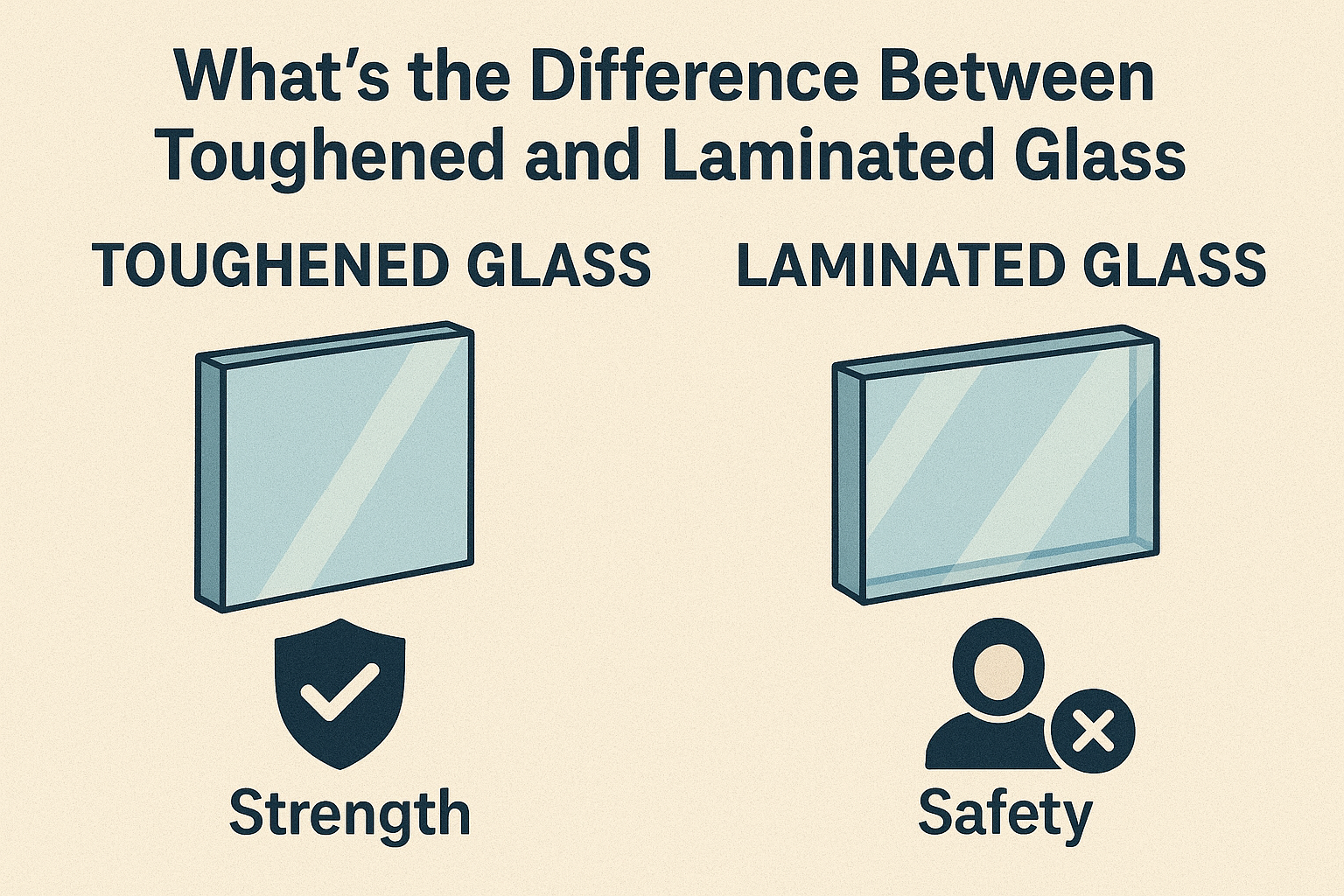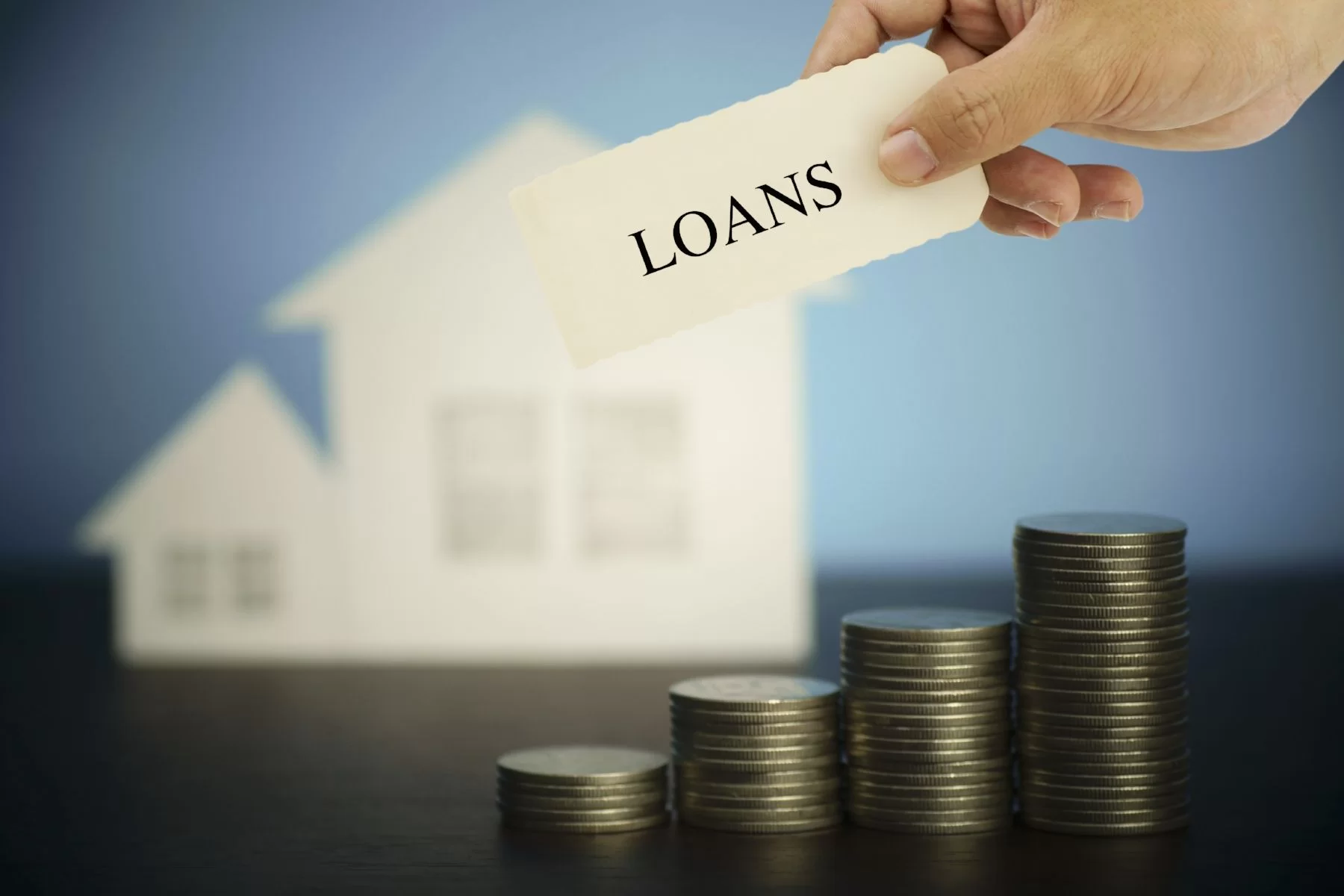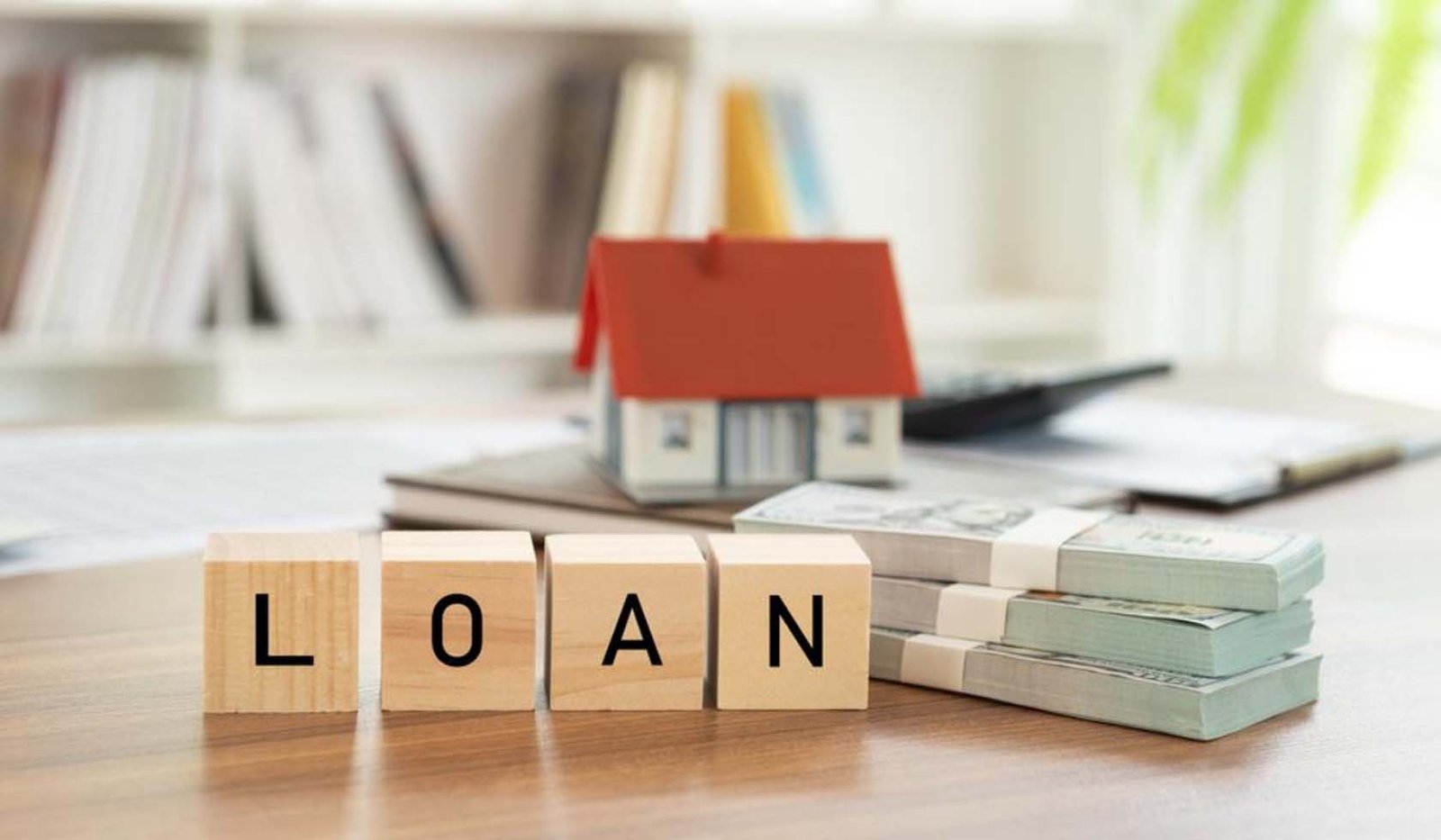Glass is an integral part of modern architecture, used for everything from windows and doors to balustrades and facades. With the rising demand for energy-efficient and safe glass solutions, understanding the types of glass available has become essential for both homeowners and commercial property owners. Among the most common options, toughened glass and laminated glass stand out due to their durability, strength, and safety features. While both serve similar purposes, they are manufactured differently and provide unique benefits. This article explores the difference between these two glass types, helping readers make informed decisions for projects such as Glass Replacement Sydney or even Glazing in Sydney upgrades.
Understanding Toughened Glass
Toughened glass, also known as tempered glass, is designed to be much stronger than ordinary annealed glass. It undergoes a controlled thermal process where the glass is heated to high temperatures and then rapidly cooled. This process creates internal tension, enhancing its strength and impact resistance.
When broken, toughened glass shatters into small, blunt pieces rather than sharp shards, minimizing the risk of injury. This makes it a preferred choice for high-traffic areas such as shower screens, balustrades, glass doors, and car windows.
Key Properties of Toughened Glass
- High Strength – Toughened glass is about five times stronger than standard glass of the same thickness.
- Thermal Resistance – It withstands sudden temperature changes without cracking, making it ideal for environments with fluctuating weather conditions.
- Safety Performance – When broken, it crumbles into granular pieces instead of sharp fragments.
- Clarity and Aesthetic Appeal – It retains the transparency and smoothness of regular glass while being more resilient.
Applications of Toughened Glass
- Office partitions and glass facades
- Shower enclosures and glass doors
- Shopfronts and display windows
- Balustrades, staircases, and balcony panels
- Automotive windows
Because of its ability to handle impact and pressure, toughened glass is also used in Double Glazing Sydney installations where safety and durability are key considerations.
Understanding Laminated Glass
Laminated glass is designed with safety and noise reduction in mind. It consists of two or more glass sheets bonded together using an interlayer, typically made of polyvinyl butyral (PVB) or ethylene-vinyl acetate (EVA). This interlayer holds the glass together even when shattered, preventing dangerous shards from scattering.
Unlike toughened glass, laminated glass maintains its structure after impact, making it especially valuable for areas requiring extra security and sound insulation.
Key Properties of Laminated Glass
- Enhanced Safety – The interlayer keeps broken glass pieces intact, reducing the risk of injury and intrusion.
- Sound Insulation – The plastic interlayer dampens sound vibrations, providing quieter indoor environments.
- UV Protection – It blocks up to 99% of harmful UV rays, protecting furniture and interiors from fading.
- Security Benefits – It takes longer to penetrate laminated glass, offering better protection against forced entry.
- Energy Efficiency – When used with Double Glazing Sydney techniques, it helps regulate indoor temperature and improve energy performance.
Applications of Laminated Glass
- Skylights and overhead glazing
- Car windshields and security glass
- Residential and commercial windows
- Glass facades and curtain walls
- Acoustic windows and doors
Because it maintains its integrity when broken, laminated glass is widely used for Glass Replacement in Sydney in homes, offices, and public buildings.
Strength and Safety: Which One Is Tougher?
In terms of impact resistance, toughened glass is stronger than laminated glass of the same thickness. However, laminated glass outperforms in safety retention meaning it remains intact even after impact, while toughened glass shatters completely.
For applications where structural strength and resistance to physical stress are crucial, such as railings or partitions, toughened glass is ideal. But for security-sensitive areas like doors, windows, or skylights, laminated glass provides better protection against break-ins and accidents.
Thermal and Acoustic Performance
Energy efficiency is becoming a priority for both homeowners and businesses in Sydney. When paired with Double Glazing in Sydney solutions, both toughened and laminated glass can enhance insulation and reduce energy costs.
- Toughened Glass in Double Glazing: Offers strength and safety while improving thermal performance when sealed with another pane.
- Laminated Glass in Double Glazing: Provides better sound reduction and UV resistance, making it ideal for properties near busy streets or airports.
The choice often depends on whether the focus is temperature control or acoustic comfort. Many property owners combine both glass types for optimized performance for example, using laminated glass on the outer pane and toughened glass on the inner one.
Noise Control and Comfort
In urban areas where noise pollution is a growing concern, laminated glass offers a noticeable advantage. The plastic interlayer acts as a sound barrier, significantly reducing external noise. For offices, apartments, and commercial buildings, this feature enhances comfort and privacy.
Those considering Glass Replacement in Sydney often opt for laminated glass in living rooms or bedrooms facing busy roads. The reduction in noise not only improves the living experience but also adds value to the property.
Safety and Security Considerations
Safety is another factor distinguishing the two types of glass. Both are classified as safety glass, but they perform differently upon impact.
- Toughened Glass: Shatters into small, harmless cubes, reducing the risk of severe injury.
- Laminated Glass: Holds its shape after breaking, offering additional protection from falling glass or intrusions.
This difference makes laminated glass the preferred choice for windows, skylights, and areas prone to accidents. It’s also widely used in commercial spaces that require compliance with higher safety standards.
Maintenance and Durability
Both laminated and toughened glass are easy to clean and maintain, though they behave differently over time.
- Toughened Glass: Resistant to scratches, impacts, and thermal shock but cannot be re-cut or altered once manufactured.
- Laminated Glass: Offers longer service life due to UV filtering properties and can resist delamination with proper installation and care.
For property owners exploring Glass Replacement in Sydney, it’s worth noting that both materials can be customized with coatings or tints to improve privacy, reduce glare, and enhance aesthetics.
Energy Efficiency and Environmental Benefits
In the context of sustainability, laminated glass has an edge due to its superior insulation and UV-blocking capabilities. When used in Double Glazing in Sydney systems, it reduces reliance on heating and cooling, lowering overall energy consumption.
Toughened glass also contributes to energy efficiency, especially when used with low-emissivity coatings or combined in a double-glazed unit. Both options support modern green building initiatives and align with energy-efficient design trends across Sydney’s residential and commercial sectors.
Cost Considerations
From a cost perspective, toughened glass is typically more affordable because its manufacturing process is simpler. Laminated glass, on the other hand, involves multiple layers and additional materials, making it slightly more expensive.
However, the long-term benefits of laminated glass including security, UV protection, and noise reduction often justify the higher initial cost. For projects focusing on safety and comfort, laminated glass offers greater value over time.
Which Glass Should You Choose?
The decision between toughened and laminated glass depends on several factors:
- For Safety and Security: Laminated glass is the better choice due to its ability to stay intact after impact.
- For Strength and Durability: Toughened glass performs better in areas exposed to physical stress.
- For Noise Reduction: Laminated glass with an acoustic interlayer significantly cuts down noise.
- For Energy Efficiency: Both are effective when used with Double Glazing Sydney technology.
- For Cost Efficiency: Toughened glass is more budget-friendly, though laminated glass provides long-term benefits.
When planning Glass Replacement in Sydney, combining both types strategically within a property can deliver the best of both worlds safety, style, and energy performance.
Future Trends in Glass Technology
The glass industry continues to evolve with advancements like smart glass, triple glazing, and self-cleaning coatings. These innovations are improving not only the durability of glass but also its role in sustainability and comfort.
In Sydney, the growing emphasis on energy-efficient architecture and eco-conscious renovations means laminated and toughened glass will remain central to both residential and commercial developments. As building standards evolve, choosing the right glass type ensures safety, comfort, and compliance with modern performance expectations.
Final Thoughts
Understanding the difference between toughened and laminated glass helps property owners make informed choices for renovations and installations. Both offer exceptional performance but serve distinct needs. Toughened glass is ideal for areas demanding strength and resilience, while laminated glass is perfect for spaces prioritizing safety, sound insulation, and UV protection.
Whether it’s a home upgrade or commercial renovation, selecting the right glass can enhance comfort, energy efficiency, and property value. For anyone considering Glass Replacement in Sydney or planning to enhance insulation through Double Glazing Sydney, investing in high-quality glass materials is a smart and sustainable choice for the future.











Leave a Reply